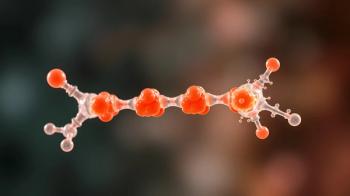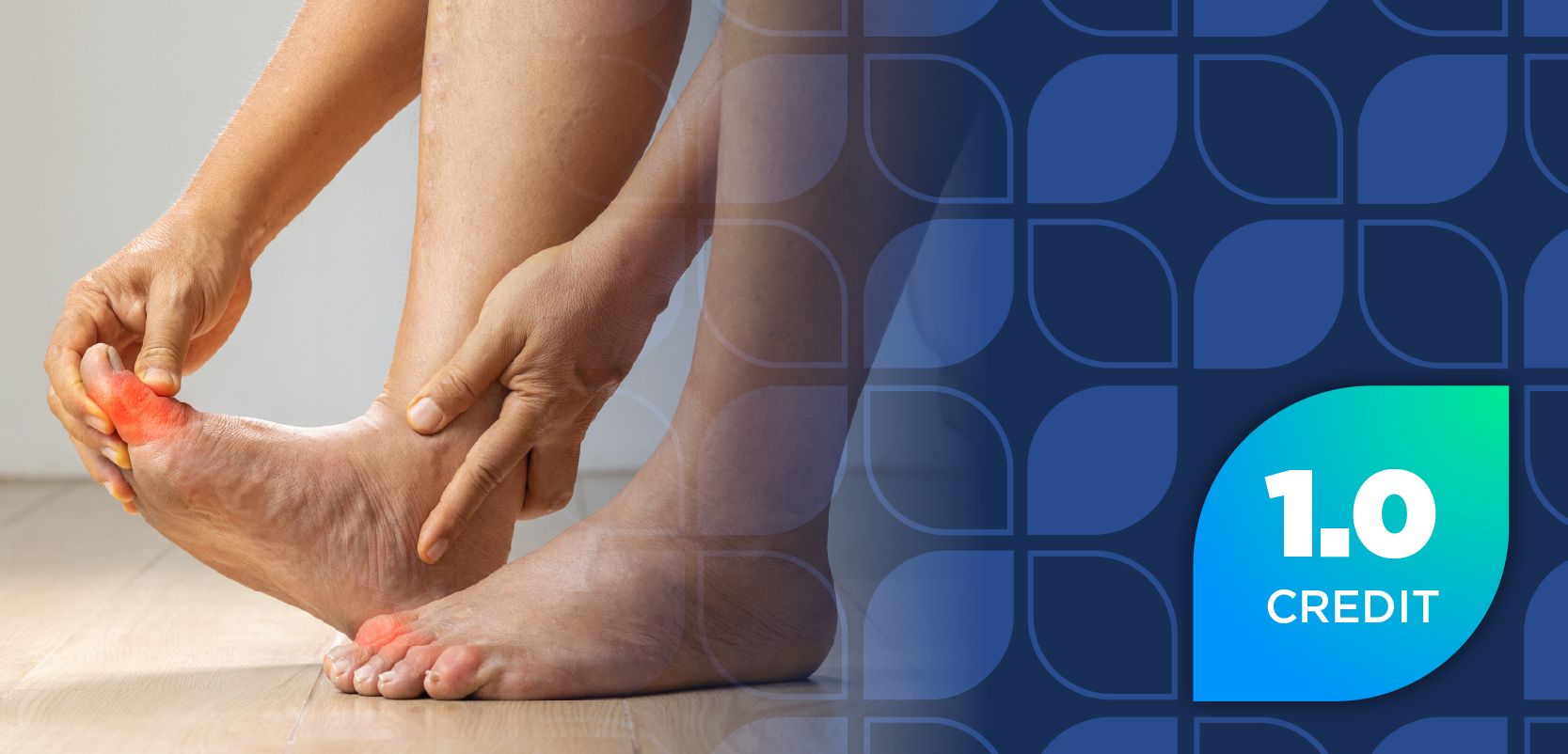
Omalizumab Therapy Effective Reducing Angioedema
omalizumab shows efficacy resolving patient-reported angioedema.
It appears that 300 mg of omalizumab (Xolair/Genentech) is effective in reducing angioedema, according to the results of a new study.
Appearing in the October 2016 edition of the Annals of Allergy, Asthma and Immunology, the study was written by James Zazzali, PhD, MPH, of Genentech Inc, South San Francisco, CA, and colleagues. Approximately 40% of patients with chronic idiopathic/spontaneous urticaria (CIU/CSU) experience the acute swelling of subcutaneous tissue, or angioedema.
Non-sedating histamine 1, (H1) has been the only approved treatment for CIU/CSU, but does not provide relief of symptoms for many patients. Omalizumab, when used as an add-on therapy to H1-antihistamines appears to be effective in Phase 3 studies.
The study ASTERIA I, compared patients in randomized groups who received either 75 mg of omalizumab, 150 mg of omalizumab, 300 mg of omalizumab, or placebo. ASTERIA II was similar with patients receiving either 75 mg of omalizumab, 150 mg of omalizumab, 300 mg of omalizumab, or placebo.
GLACIAL included groups receiving 300 mg of omalizumab or placebo. In all three studies, 44%-53% of patients were experiencing angioedema at baseline, and had similar disease activity.
The researchers report, “During the active treatment period, use of 300 mg of omalizumab resulted in a reduction in the percentage of patients with angioedema and a reduction in overall angioedema days.”
The authors point out that in this study, patients and not physicians, reported both angioedema and angioedema management. Severity was not assessed, nor was rescue medication controlled-for in this study.
“Treatment with 300 mg of omalizumab was efficacious in reducing patient-reported angioedema in patients with CIU/SCU who were symptomatic despite a variety of treatments,” the researchers concluded.
Newsletter
Stay informed on drug updates, treatment guidelines, and pharmacy practice trends—subscribe to Pharmacy Times for weekly clinical insights.














































































































































































































